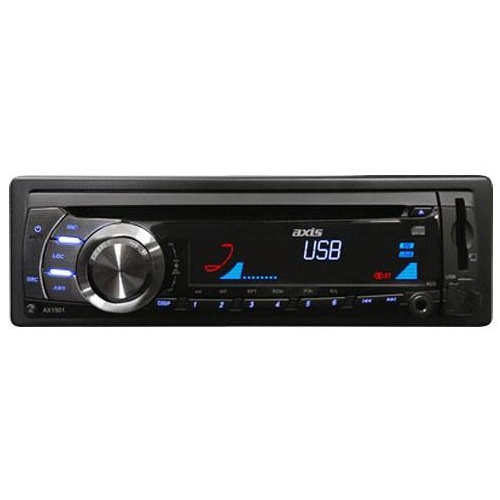

The key here is to understand that the pulse-train waveform is clocked at a very high frequency compared to the 44.1 KHz sample rate. A low-pass filter removes all time-domain information and recovers only the average energy of the pulse train that feeds it. Use the counter on the CD player, note the time at which the beat falls exactly on. The pulse train contains an average of the change in the amount of energy represented in the sample. For LP vinyl record head calibration and rotational speed detection.

Ive fixed several models with that problem. Basically, the human ear is most sensitive to noise at 5 KHz, and is almost unable to detect it at 20 KHz.Ī key part of the converter is a circuit called a delta-sigma modulator, which takes the binary signal (1s and 0s) from the CD and changes them to a steady pulse, called a pulse train. When CD and DVD players stop working, its usually because of the drawer not opening and/or shutting. The converter relies on noise shaping, a phenomenon that takes advantage of the human ear's inability to notice noise when it occurs in higher frequencies. Instead, it creates a carefully modulated signal from the digital.
Axis 4 cd players professional#
The Axis 4 tabletop CD player offers professional features at an introductory price. Designed to be played long and hard with a durable steel enclosure, laser shutoff mode, and auto-retractable media tray. Essentially, this type of DAC does not use a bank of resistors operating in parallel. Get creative with the Numark Axis CD player's 2 seamless loops with 3 hot stutter starts, fader start, and a BPM counter for easy beatmatching. What a 1-bit Dual D/A converter does is allow the digital-to-analog conversion to happen without the need for all those extra resistors. For example, a typical 16-bit DAC would have 16 resistors requiring a total of 65,536 gradations. Here you will find all the steps for configuring an External Axis.

When you get to the 16-bit or even 32-bit level found in CDs and DVDs, the number of gradations required per resistor makes it very difficult to precisely match values. (10P) KRC-489 CD MD-Changer Control 45W x 4 CRSC RC1 763x2 262 261 242 223 x2. A 4-bit DAC needs 4 resistors working in parallel to provide a steady analog signal. The DAC typically uses a different resistor for each bit. At this level, the output of the DAC so closely matches the original wave form that the sound is essentially "perfect" to most human ears. In the case of CD sound, fidelity is an important goal, so the sampling rate is 44,100 samples per second (44.1 KHz) and the number of gradations is 65,536. You can see that as the rate and precision improve, the fidelity (similarity between the original wave and the DAC's output) improves.


 0 kommentar(er)
0 kommentar(er)
